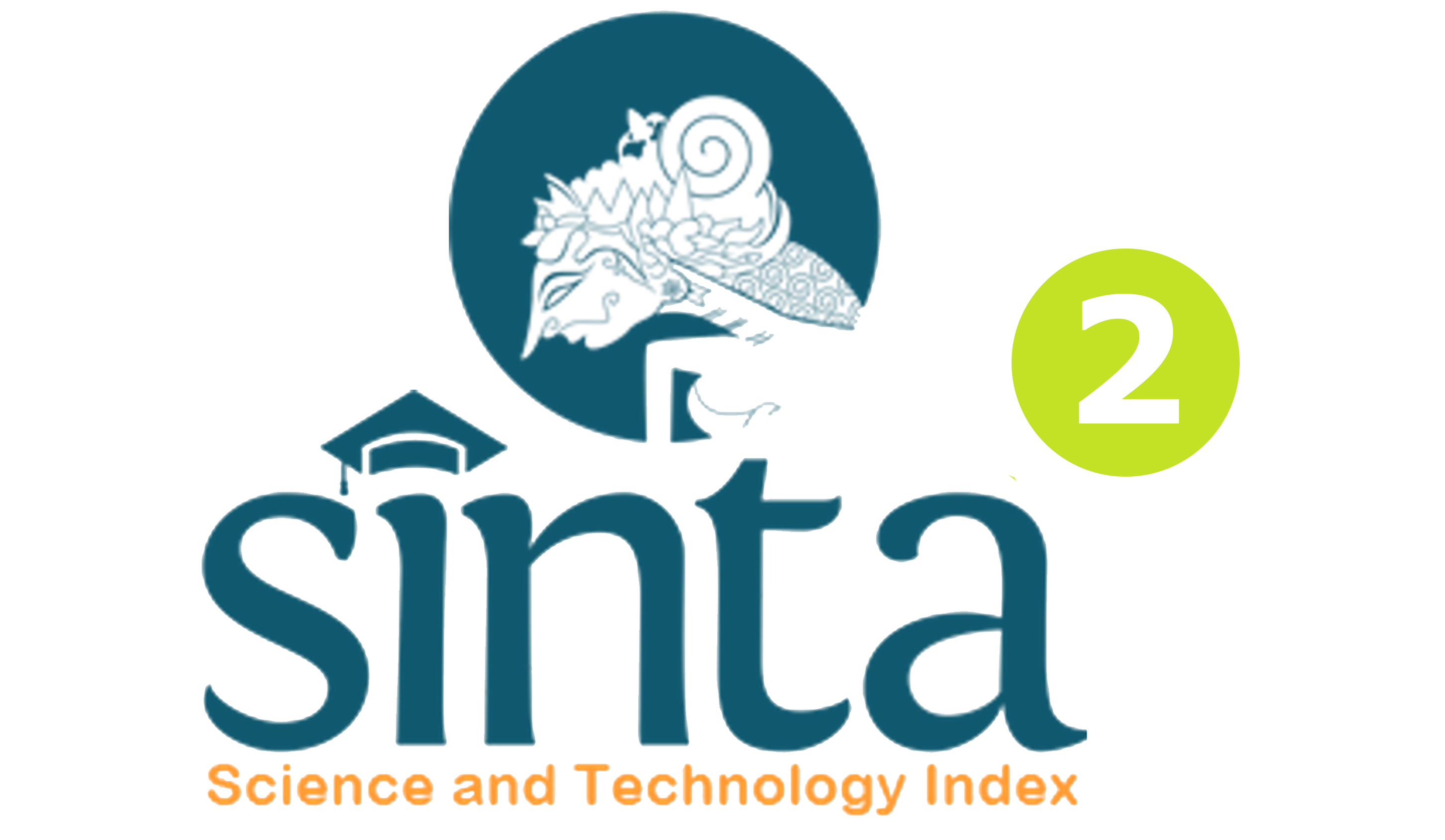Rasch Analysis of Indonesian Version Technology Addiction Scale for Students
DOI:
https://doi.org/10.23887/bisma.v5i3.42021Keywords:
Rasch Perspective, Assessment in Counseling, AddictionAbstract
This study aim at calibrating the Indonesian version technology addiction scale by using the Rasch model analysis. The Rasch model used on this study to get more accurate information about the scales fit and properties. The online survey involved 30 students of junior high school in east of Java Indonesia. There were 71 items of technology addiction from five dimension by initial development. Rasch analysis preform by WINSTEPS 3.73 program to evaluate the validity and reliability of the Indonesian version of technology addictive scale by exanimating the item-person fit measure, alpha Cronbach value, items-person separations index, dimensionality, the response pattern in scalogram, and items biases by gender. The results of this study show that’s there was 6 from 71 items that do not meet on the fit criteria and must be eliminated from the scale. The pattern of students’ response of every item this scale show that’s there were two respondents who indicated exchanging answers, this can be seen from the pattern of respondents' answers which only had differences in the pattern of answers in only three statements. The reliability of person and items in good criteria, 0.91 for item and 0,78 for person, and alpha Cronbach 0,82 is moderate good value. The DIF analysis show that’s there were five items gender biases and need to rewrite by the new statement. From total 64 items, the total value of the row variance explain by measure is 98.7%, it means this scale able and with good prediction to measure the technology addiction of the students. The conclusion of the study is about the 64 items of Indonesian version technology addiction scale for student is meet criteria to be a good measurement tool from the Rasch perfective.References
Angres, D. H., & Kathy, A. B. (2008). The Disease of Addiction: Origins, Treatment, and Recovery. Disease-a-Month, 54(10), 696–721. https://doi.org/10.1016/j.disamonth.2008.07.002
Bayar, B., & Budak, F. (2021). How technology addiction affects social anxiety in adolescent girls? A sample of Turkeys southeast. Medicine Science | International Medical Journal, 10(3), 1. https://doi.org/10.5455/medscience.2021.02.057
Bradley, K. D., Peabody, M. R., Akers, K. S., & Knutson, N. M. (2015). Rating Scales in Survey Research: Using the Rasch model to illustrate the middle category measurement flaw. Survey Practice, 8(1), 1–12. https://doi.org/10.29115/sp-2015-0001
Cheung, L. M., & Wong, W. S. (2011). The effects of insomnia and internet addiction on depression in Hong Kong Chinese adolescents: An exploratory cross-sectional analysis. Journal of Sleep Research, 20(2), 311–317. https://doi.org/10.1111/j.1365-2869.2010.00883.x
Dwyer, D. C., Ringstaff, C., Haymore, J., & Sandholtz, P. D. (1990). Apple Classrooms of Tomorrow. Educational Leadership, 51, 4–10. Retrieved from http://www.psfshl.pudong-edu.sh.cn/E-Learning/ACOT/rpt08.pdf
Gökbulut, B. (2019). The Relationship Between Sense of Belonging and Technology Addiction of High School Student. International Journal of Eurasian Education and Culture, 4(7), 281–297. https://doi.org/10.35826/ijoecc.46
Griffiths, M. (1996). Nicotine, tobacco and addiction [3]. Nature, 384(6604), 18–19. https://doi.org/10.1038/384018a0
Männikkö, N., Billieux, J., & Kääriäinen, M. (2015). Problematic Digital Gaming Behavior and its Relation to the Psychological, Social and Physical Health of Finnish Adolescents and Young Adults. Journal of Behavioral Addictions, 4(4), 281–288. https://doi.org/10.1556/2006.4.2015.040
Ranjan, J., Uduli, M., & Bis, R. (2010). Addiction to Technological Gadgets and Its Impact on Health and Lifestyle: A Study on College Students Unde r the supervision of. (412).
Sumintono, B. (2014). Model Rasch untuk Penelitian Sosial Kuantitatif. ITS Surabaya, (November 201), 1–9. Retrieved from http://deceng3.wordpress.com
Sumintono, B., & Widhiarso, W. (2013). Aplikasi Model Rasch Untuk Penelitian Ilmu-Ilmu Sosial.
Turel, O., Serenko, A., & Bontis, N. (2011). Family and Work- Related Consequences of Addiction to Organizational Pervasive Technologies. Information and Management, 48(2–3), 88–95. https://doi.org/10.1016/j.im.2011.01.004
Young. (1998). Caught In The Net: How To Recognize The Signs Of Internet Addiction And a Winning Strategy For Recovery. Retrieved October 26, 2021, from https://books.google.co.id/books?hl=id&lr=&id=kfFk8-GZPD0C&oi=fnd&pg=PA1&dq=Caught+in+the+net:+how+to+recognize+the+signs+of+internet+addiction+and+a+winning+strategy+for+recovery.&ots=gFfSIdQTi_&sig=ntQR6juCyoP92AR4cQ0fBx4YAeo&redir_esc=y#v=onepage&q=Cau









